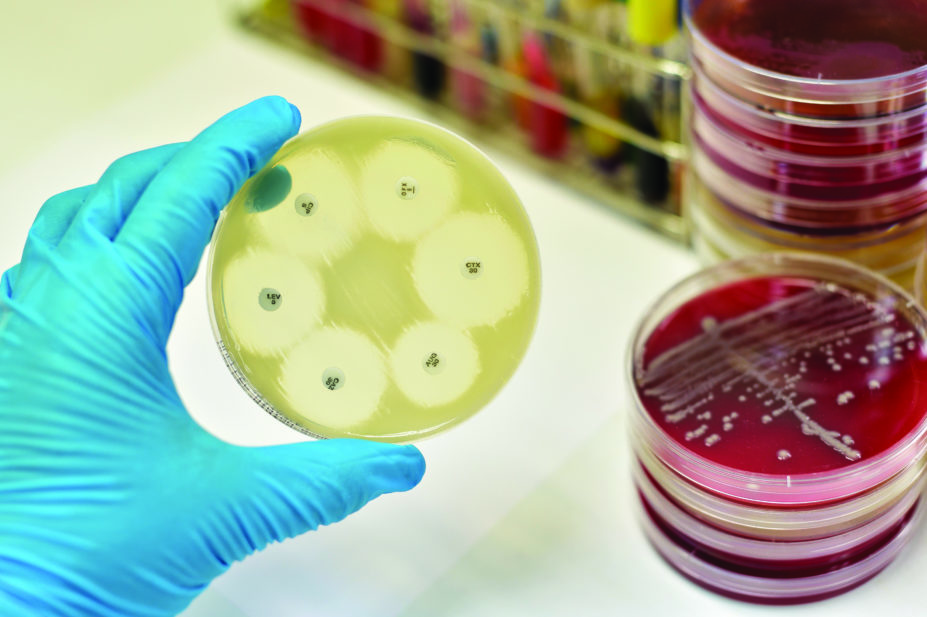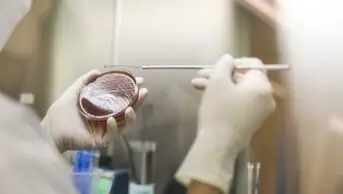
Shutterstock.com
The World Health Organization (WHO) has published its first Global Antimicrobial Resistance Surveillance System (GLASS) report to document the status of existing or newly developed national antimicrobial resistance (AMR) surveillance systems.
GLASS, which was launched by WHO in October 2015, is the first global collaborative effort to standardise AMR surveillance. It aims to improve understanding of the impact of AMR on human health and enable better analysis and prediction of AMR trends. Following a campaign in March 2016, more than 25% of WHO member states (52 countries) are now enrolled in GLASS.
Currently in its “early implementation phase”, GLASS is working to combine data on the status of 40 of its enrolled countries’ AMR surveillance systems with AMR data for selected bacteria that cause infections in humans, including Esherichia coli, Neisseria gonorrhoeae and Staphylococcus aureus.
The new report shows a wide variation in data submission, in terms of the quality and completeness of the data submitted, which results from differences in countries’ capability to structure and run surveillance systems.
However, the data reveal high levels of antibiotic resistance worldwide, both in high- and low-income countries, which the report says confirms the need for all countries to develop strong surveillance systems to combat AMR.
“The data presented allow us to better understand surveillance capacities and mechanisms of reporting across countries, and will enable us to refine GLASS methodology going forward,” said a representative for WHO.
“This work represents a first attempt to report official national AMR data for key pathogens to a global system using standardised surveillance methodology.
“As more countries join the GLASS system, and they provide more data (including the eventual incorporating of data on AMR in food and animals), the system will eventually provide a more complete picture of the AMR situation globally,” the representative added.
In order to standardise AMR surveillance systems, GLASS is supporting the development of three essential core components for national AMR surveillance — a national coordination centre, a national reference laboratory and sentinel surveillance sites — where both diagnostic results and epidemiological data are collected. Almost all countries enrolled in GLASS have in place, or are working to establish, a system with all three components, but, as the report points out, some are still trailing behind.
“Communication, harmonisation and coordination between international, regional and national organisations are key priorities for the success of the system,” the report concludes.


